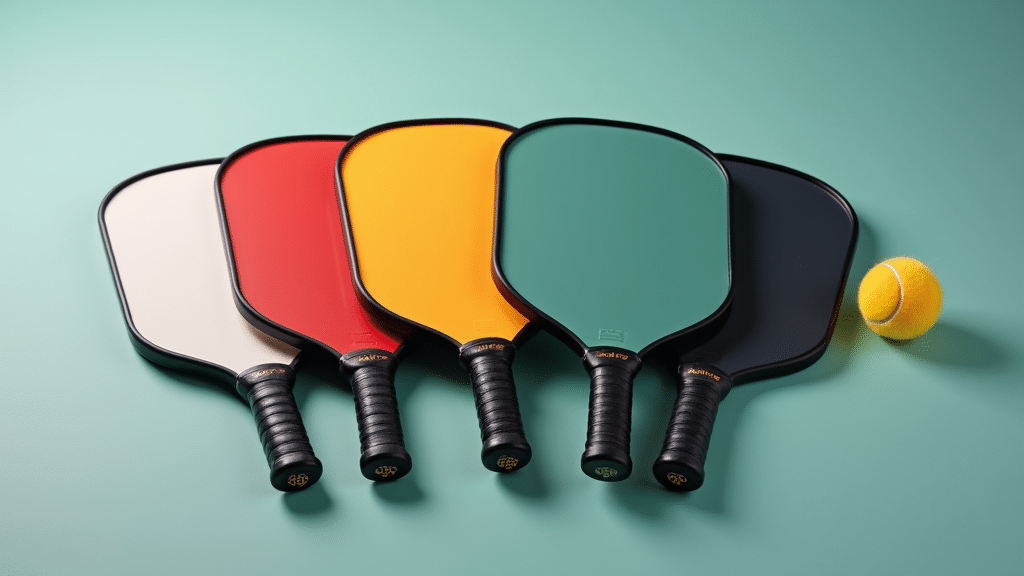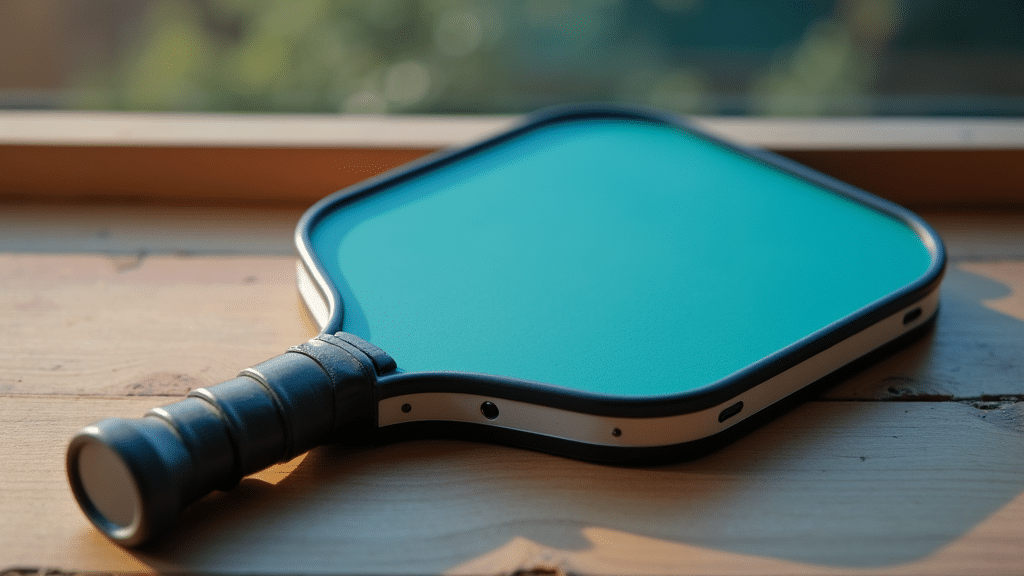Table of Contents
- Introduction
- Understanding the Basics
- Detailed Guide to Paddle Surface Materials
- Detailed Guide to Paddle Core Materials
- Choosing the Right Paddle Material
- Popular Paddle Combinations
- Conclusion
Introduction
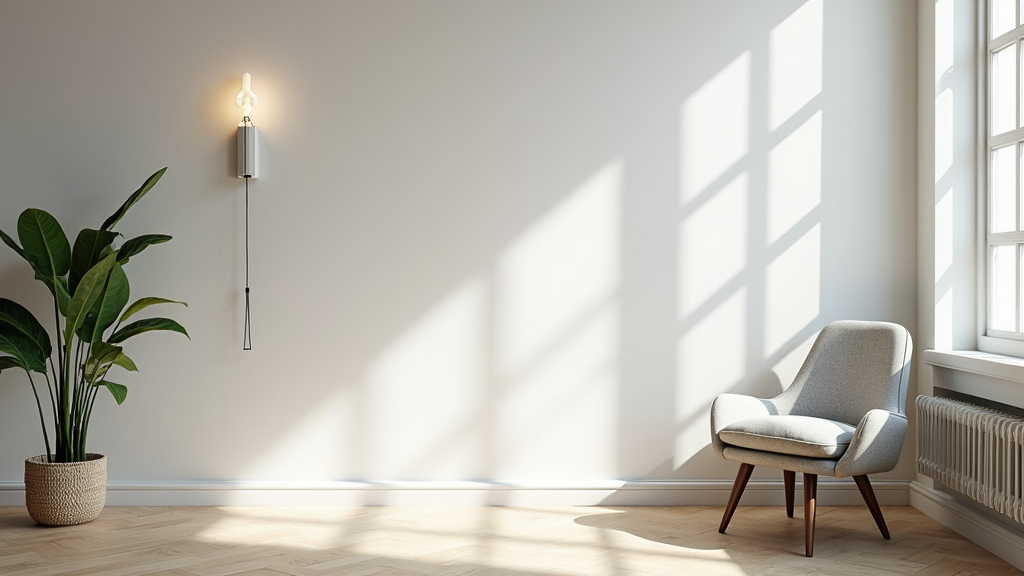
Overview and Importance
Pickleball is one of the fastest-growing sports in the United States, and the equipment you choose, especially your paddle, plays a crucial role in your performance, control, and the overall enjoyment of the game. The material of your pickleball paddle significantly impacts how you play, influencing everything from the power of your shots to the finesse of your dinks. As of 2023, over 3 million people in the US are actively playing pickleball, and the equipment market is projected to reach a staggering $150 million by 2025, highlighting the growing importance of understanding the nuances of pickleball equipment.
Choosing the right paddle material isn’t just about improving your game; it’s also about preventing injuries. A paddle that doesn’t suit your playing style or skill level can lead to strain and discomfort, potentially sidelining you from the court. Therefore, a well-informed decision can enhance your gameplay experience and protect your physical well-being, making the selection of the right material paramount.
Background
The history of pickleball paddles is a journey from simple beginnings to sophisticated engineering. Early pickleball paddles were primarily crafted from wood, offering a basic level of performance. These wooden paddles were heavy and lacked the responsiveness that modern players demand. However, as the sport evolved, so did the technology behind the paddles.
Recent developments in material science have revolutionized paddle design. Graphite, carbon fiber, and advanced polymers have become the materials of choice for serious players. These materials offer a superior combination of lightweight construction, increased power, and enhanced control, transforming the way the game is played. This evolution reflects a continuous pursuit of better performance and a deeper understanding of how materials interact with the pickleball.
What You’ll Learn
In this blog post, we will delve into the core concepts of pickleball paddle materials, examining the properties of both the surface and the core. You’ll gain a comprehensive understanding of how different materials affect the paddle’s performance characteristics, including power, control, and durability. We’ll explore the pros and cons of each material type, providing you with the knowledge to make an informed decision.
Furthermore, we’ll cover the practical applications of this knowledge, guiding you on how to select the best paddle material based on your skill level, playing style, and budget. Whether you’re a beginner just starting out or an experienced player looking to fine-tune your equipment, this guide will provide valuable insights to help you choose the perfect paddle and elevate your pickleball game.
Understanding the Basics
Fundamental Concepts
Before diving into the specifics of pickleball paddle selection, it’s crucial to grasp the fundamental concepts that define a paddle’s performance. Understanding these basics will empower you to make informed decisions and choose a paddle that perfectly complements your playing style.
Let’s start with some key definitions:
- Surface Material:The surface material is the outer layer of the paddle that makes direct contact with the pickleball. It plays a significant role in generating spin, controlling the ball, and dictating the overall feel of your shots.
- Core Material:The core material is the inner layer of the paddle, sandwiched between the surface layers. It acts as a cushion, absorbing impact and contributing to the paddle’s power, control, and overall responsiveness.
Beyond definitions, the core principles guiding paddle design revolve around achieving a delicate balance between several key factors:
- Balance of Power:The paddle’s ability to generate force and propel the ball with speed.
- Control:The paddle’s capacity to provide precise ball placement and manage the intensity of your shots.
- Durability:The paddle’s resistance to wear and tear, ensuring it can withstand the rigors of regular play.
- Comfort:The paddle’s feel in your hand, including grip size and overall weight distribution, which significantly impacts your playing experience.
Essential Components
A pickleball paddle is more than just a solid piece of material; it’s a carefully engineered composite of essential components working in harmony. Understanding these components and their features is key to choosing the right paddle.
Every pickleball paddle comprises these required elements:
- Surface material
- Core material
- Edge guard
- Grip
When selecting a paddle, consider these key features:
Primary Aspects:
- Surface Material:Common surface materials include:
- Core Material:Common core materials include:
- Graphite:Known for its lightweight feel and excellent control.
- Carbon Fiber:Offers a blend of power and control, often preferred by advanced players.
- Fiberglass:Provides a softer feel and is often more forgiving, making it suitable for beginners.
- Wood:Typically found in entry-level paddles, offering affordability but less performance compared to composite materials.
- Hybrid:Combines different materials to achieve a specific balance of properties.
- Polymer (Honeycomb):The most popular core material, offering a good balance of power, control, and durability.
- Nomex:A rigid and powerful core material, often favored by players seeking maximum power.
- Aluminum:Provides a crisp feel and good control, but can be less forgiving than polymer cores.
- Hybrid:Combines different core materials to fine-tune performance characteristics.
Secondary Aspects:
- Paddle weight:A common weight range is between 7 and 8 ounces. Lighter paddles offer faster maneuverability, while heavier paddles provide more power.
- Paddle thickness:Typically ranges from 1/2 inch to 5/8 inch. Thicker paddles generally offer more power and a larger sweet spot.
- Grip size:A 4 1/4 inch grip is a common starting point. Choosing the right grip size is crucial for comfort and control.
Important Variations:
- Different weaves of carbon fiber (3K, 12K, 18K):These numbers refer to the number of fibers per tow (a bundle of fibers). Higher numbers generally indicate a stiffer and more responsive surface.
- Polymer core density variations:Different densities of polymer cores affect the paddle’s power, control, and feel. Higher density cores tend to be firmer and more powerful.
Detailed Guide to Paddle Surface Materials
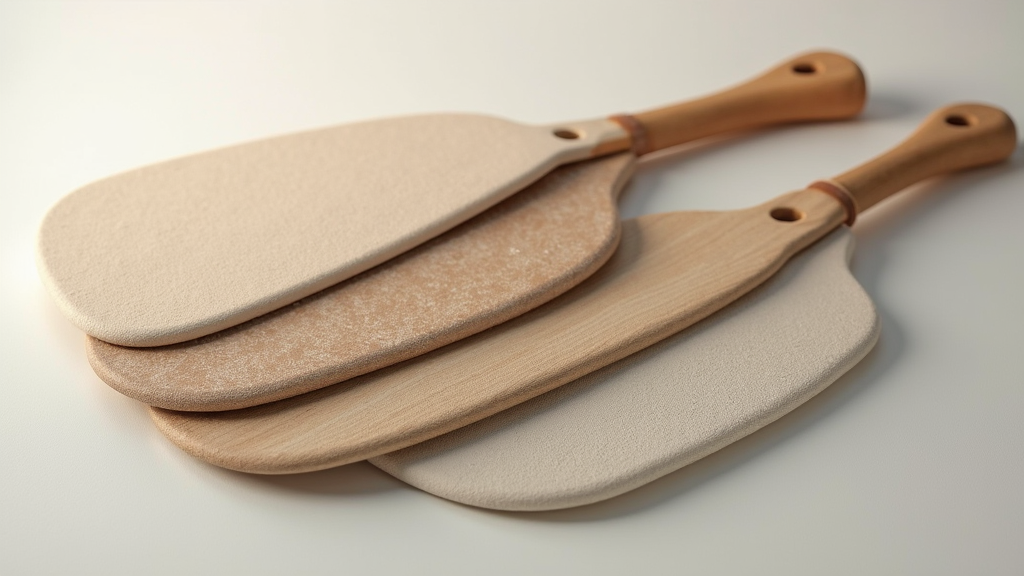
Graphite
Graphite paddle surfaces are celebrated for their exceptional balance of power and control, making them a favorite among advanced pickleball players. The lightweight and rigid nature of graphite allows for quick reactions and precise shot placement. Weighing in at approximately 7-8 ounces, these paddles provide the agility needed for fast-paced games.
The thin profile of graphite enhances touch, enabling players to execute delicate shots with finesse. Additionally, graphite’s shock-absorbing properties contribute to a more comfortable playing experience, reducing strain on the arm and wrist. While graphite is known for its rigidity and stiffness, it offers a consistent strike and efficient energy transfer, making it ideal for players who prioritize touch and precision over raw power.
You’ll commonly find graphite paddles in casual, competitive, and tournament settings, favored by players who value speed and agility. Prominent brands offering graphite paddles include Engage, Selkirk Sport, and Paddletek.
Carbon Fiber
Carbon fiber paddles are renowned for their lightweight design and exceptional durability, making them a popular choice for players seeking long-lasting performance. Similar in weight to graphite paddles (around 7-8 ounces), carbon fiber excels in maneuverability, allowing for quick adjustments and responsive play. While slightly less powerful than graphite, carbon fiber provides a refined feel and excels at absorbing and redistributing impact energy.
The material’s inherent stiffness, which is greater than that of graphite, offers enhanced control and an increased ability to spin the ball. This makes carbon fiber paddles suitable for players who prioritize consistent and precise shots, relying on technique to generate power. Brands like Selkirk, Franklin, and Gamma are well-known for their high-quality carbon fiber paddles.
There are several variants of carbon fiber, each offering unique performance characteristics:
- Standard Carbon Fiber:Provides a good balance of affordability, stiffness, and control.
- 3K Carbon Fiber:Offers improved strength and durability with a slightly softer feel compared to standard carbon fiber.
- 12K Carbon Fiber:Boasts greater durability and stiffness, effectively reducing vibrations for a smoother playing experience.
- 18K Carbon Fiber:Delivers unmatched strength and control, making it a top choice for professional players seeking peak performance.
- Raw Carbon Fiber:Features maximum strength and durability, often found in premium paddles designed for competitive play.
Fiberglass/Composite
Fiberglass, often referred to as composite, paddles strike a balance between durability and performance, making them a versatile option for various skill levels. These paddles add a degree of softness, enhancing spin and feel, which makes them more forgiving and suitable for beginners. Known for their robust construction, fiberglass paddles offer excellent protection against wear and tear.
Compared to graphite or carbon fiber, fiberglass paddles are more power-driven with less stiffness. However, they typically have a smaller sweet spot, which might not be ideal for beginners still developing their technique. Fiberglass paddles are best suited for players looking for extra power in their shots. You can find quality fiberglass paddles from brands like Selkirk, TOPP, and Niupipo.
Wood
Wood paddles represent the traditional option in pickleball, often chosen by beginners or recreational players. These paddles are known for their affordability and durability, making them a budget-friendly entry point to the sport. However, wood paddles are heavier and less maneuverable than those made from modern materials.
While wood paddles offer more power due to their weight, they lack the advanced technology found in newer paddles, such as vibration dampening. Although highly durable and resistant to dents and cracks, wood paddles are rarely used in competitive play today. You might still find them in some educational settings or recreational environments.
Hybrid
Hybrid paddles combine various materials to create a tailored performance that suits different playing styles and skill levels. By strategically blending materials like graphite, carbon fiber, and fiberglass, manufacturers can achieve a specific balance of power, control, and weight. This versatility makes hybrid paddles a popular choice for players seeking a well-rounded option that can adapt to various game situations.
Kevlar
Kevlar paddles are highly regarded for their exceptional durability and shock absorption, making them a reliable choice for frequent players. This material exhibits high resistance to wear and tear, ensuring consistent performance over an extended period. Kevlar’s shock-absorbing properties effectively reduce vibrations, enhancing comfort and minimizing strain on the arm and wrist.
Kevlar paddles are particularly well-suited for players who prioritize durability and comfort, offering a consistent and reliable playing experience. If you’re a frequent player seeking durable equipment that can withstand the rigors of regular use, a Kevlar paddle might be the perfect choice.
Detailed Guide to Paddle Core Materials
Polymer
Polymer cores are the most common choice for pickleball paddles, prized for their balanced performance. They offer a soft feel, making them ideal for strategic play and finesse shots. The lightweight nature of polymer reduces player fatigue, allowing for longer, more enjoyable games. Polymer paddles are also known for being quieter on impact, a feature appreciated by players and those around the court.
These cores provide a good balance of touch and power, making them suitable for both beginners and recreational players. They offer quieter play, good durability, and the potential for being recyclable, adding to their appeal. Core density variations within polymer cores affect the softness, power, and control you’ll experience. Softer, less dense cores offer more touch, while denser cores provide more power.
Notable brands that utilize polymer cores in their paddles include Engage, Gamma, Selkirk, and Franklin, among many others.
Nomex
Nomex cores are known for their durability and power, making them a favorite among aggressive and experienced players. This material features a dense honeycomb structure that enables strong hits and quick ball response. However, this power can be challenging for beginners to control.
Nomex is a flame-resistant, heat-resistant, polymer-based material that is lightweight but demands precision and control due to its high power output. While the enhanced power allows players to hit the ball with more force, it can also lead to a loss of control if not managed properly. Nomex cores also offer vibration dampening, which reduces arm fatigue during intense play.
Selkirk is a well-known brand that offers Nomex models, along with others catering to players seeking maximum power in their game.
Aluminum
Aluminum cores offer a unique combination of strength and lightness, making them excellent for control and precision. While less powerful than Nomex, aluminum provides greater control over the ball, making it ideal for finesse shots. These cores are durable and stable, exhibiting minimal wear over time.
Although lightweight, aluminum cores can lack the power desired by some players. They are less common and generally less recommended for performance-focused players who prioritize power and spin. However, they can offer an expanded sweet spot and great power for players who value precision over raw force. The weight of the aluminum core significantly affects paddle speed and maneuverability. One distinctive characteristic of aluminum core paddles is the loud “ting” sound they produce upon impact.
Gamma and Head are among the brands that offer paddles with aluminum cores.
Fiberglass
Fiberglass cores are recognized for their durability, weather resistance, and vibration-dampening properties. These cores tend to be heavier than polymer cores, which can affect the paddle’s overall feel and maneuverability. The added weight can provide stability but might also reduce swing speed for some players.
TOPP is one brand that utilizes fiberglass cores in their SUB Core series of paddles.
Polypropylene Plastic
Polypropylene plastic cores are an affordable option that provides a solid feel. However, they generally lack the touch and control offered by honeycomb cores. These cores are often found in starter paddles due to their cost-effectiveness and basic performance characteristics.
While they offer a decent level of play for beginners, more experienced players may find them lacking in responsiveness and finesse. Pickleball Central and other brands offer paddles with polypropylene plastic cores, particularly in their entry-level models.
Hybrid Cores
Hybrid cores combine different materials to enhance specific attributes of the paddle. This approach allows manufacturers to mix the benefits of various materials, such as combining the quietness of polymer with the power of Nomex. By carefully selecting and combining materials, hybrid cores can be customized to suit different player preferences and playing styles.
These cores offer a way to fine-tune the paddle’s performance, providing a balance of power, control, and feel that may not be achievable with a single-material core. The possibilities are vast, allowing for continuous innovation and refinement in paddle technology.
Choosing the Right Paddle Material
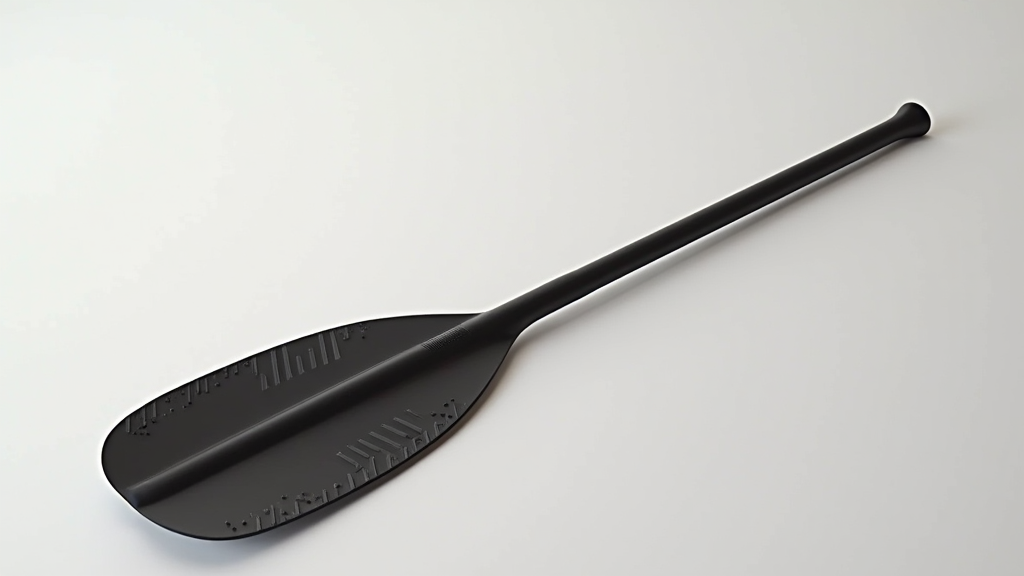
Beginner Recommendations
For beginners stepping onto the pickleball court, selecting the right paddle material is crucial for developing skills and enjoying the game. A great starting point is a paddle that combines a polymer or fiberglass core with a graphite or carbon fiber face. This combination provides a balance between control and power, allowing new players to learn the nuances of the game without being overwhelmed by excessive power or a lack of control.
Alternatively, a paddle made entirely of polymer or lower-cost fiberglass is an excellent option for beginners. These materials offer a forgiving feel and are more budget-friendly, making them ideal for those just starting out.
Intermediate/Advanced Recommendations
As players advance in skill, their paddle preferences often evolve to match their playing style and strategic needs. For intermediate and advanced players, the material choices become more diverse and nuanced. For those seeking a lightweight option, an aluminum core with a carbon fiber or graphite surface can provide excellent maneuverability and responsiveness.
If increased power is the goal, a Nomex or polymer core paired with a fiberglass surface is a popular choice. This combination delivers a significant boost in power, allowing players to hit harder and drive the ball deeper into the court.
For a balanced performance, hybrid materials that combine features of different materials (e.g., fiberglass and graphite) can cover a broad spectrum between control and power. These hybrid paddles offer versatility and adaptability, making them suitable for players who like to mix up their game.
Graphite or carbon fiber paddles are also highly favored by experienced players for their exceptional control and responsiveness. These materials allow for precise shot placement and enhanced spin, giving advanced players a competitive edge.
General Considerations
Ultimately, the choice of paddle material depends on a variety of factors, and each material impacts the control and power of a paddle. It’s important to remember that multiple factors beyond the core and surface materials influence paddle choice. These include thickness (typically 1/2 inch to 5/8 inch), weight (7-8 ounces is common), and grip size (4 1/4 inch is a common starting point). All of these work in tandem to create the perfect paddle for you.
Manufacturers like Paddletek offer a wide range of paddles to cater to individual needs, emphasizing top-quality performance materials and construction. When selecting a paddle, consider your skill level, playing style, and budget. Carbon fiber is often the top choice for competitive players seeking advanced performance, while graphite is best for control and touch-focused players. Fiberglass is a great option for beginners due to its affordability and balanced features, and Kevlar is favored by experienced players who need both power and durability.
Consider these additional points:
- Graphite offers better spin potential due to its softer feel, while fiberglass offers reasonable power at a lower cost.
- Touch players might prefer graphite or carbon fiber, while power players might lean towards fiberglass.
- Beginners might opt for polymer or lower-cost fiberglass, while advanced players can benefit from graphite or carbon fiber.
- Fiberglass emphasizes power, while graphite improves control.
- Graphite is responsive, while fiberglass and polymer are durable.
- Cores with polymer and Nomex aid in reducing vibration and arm strain.
- Graphite and carbon fiber are lighter, while fiberglass and wood are heavier.
- High-end graphite and carbon fiber paddles are more expensive, while polymer and fiberglass are affordable.
Popular Paddle Combinations
Understanding Paddle Pairings
Choosing the right paddle combination can significantly impact your pickleball game. It’s not just about picking two random paddles; it’s about understanding how different paddle characteristics complement each other. A well-chosen pairing can enhance your strengths, mitigate weaknesses, and provide a more versatile playing experience.
Players often consider factors like paddle weight, core material, surface texture, and handle length when selecting their paddle combination. Experimentation is key, but understanding common and effective pairings can provide a great starting point.
The Power and Control Duo
One popular combination involves pairing a power-oriented paddle with a control-focused paddle. The power paddle typically features a heavier weight and a stiffer core, allowing for aggressive drives and put-away shots. In contrast, the control paddle is usually lighter with a softer core, providing enhanced touch, dinking ability, and precision.
This combination allows players to switch between aggressive and defensive styles seamlessly. The power paddle is ideal for attacking from the baseline or putting pressure on opponents, while the control paddle shines during close-net dinking battles and strategic shot placement. This is a common combination for those who like to dictate the pace of the game.
The Spin and Finesse Combination
Another popular pairing revolves around combining a paddle with exceptional spin capabilities with a paddle that emphasizes finesse and touch. The spin paddle often features a textured surface that grips the ball, allowing for increased topspin, slice, and overall ball manipulation. The finesse paddle, on the other hand, prioritizes feel and control, enabling delicate dropshots and precise targeting.
This combination is favored by players who enjoy dictating the game with strategic shot placement and deception. The spin paddle allows for aggressive serves and tricky angles, while the finesse paddle provides the touch needed for soft game mastery. This is a great combo for players who value strategy over raw power.
The All-Around Versatility Set
For players seeking a balanced approach, an all-around versatile combination is a great choice. This typically involves pairing two paddles that offer a blend of power, control, and spin. These paddles are designed to perform well in various situations, making them ideal for players who want a consistent and reliable feel across all aspects of the game.
While this combination may not excel in any single area like the power/control or spin/finesse pairings, it provides a well-rounded experience that suits a wide range of playing styles. This is a good option for beginners who are still developing their game or for experienced players who prefer a consistent and adaptable feel.
Examples of Popular Pairings
- Power Paddle: Paddletek Bantam EX-L, Control Paddle: Selkirk Vanguard Power Air Invikta
- Spin Paddle: Gearbox CX14E Ultimate Power, Finesse Paddle: Engage Encore Pro
- All-Around Paddles: Selkirk Amped S2, ProKennex Kinetic Pro Speed II
These are just a few examples, and the best paddle combination will ultimately depend on your individual playing style and preferences. Experimenting with different paddles and seeking advice from experienced players can help you find the perfect pairing to elevate your game.
Conclusion
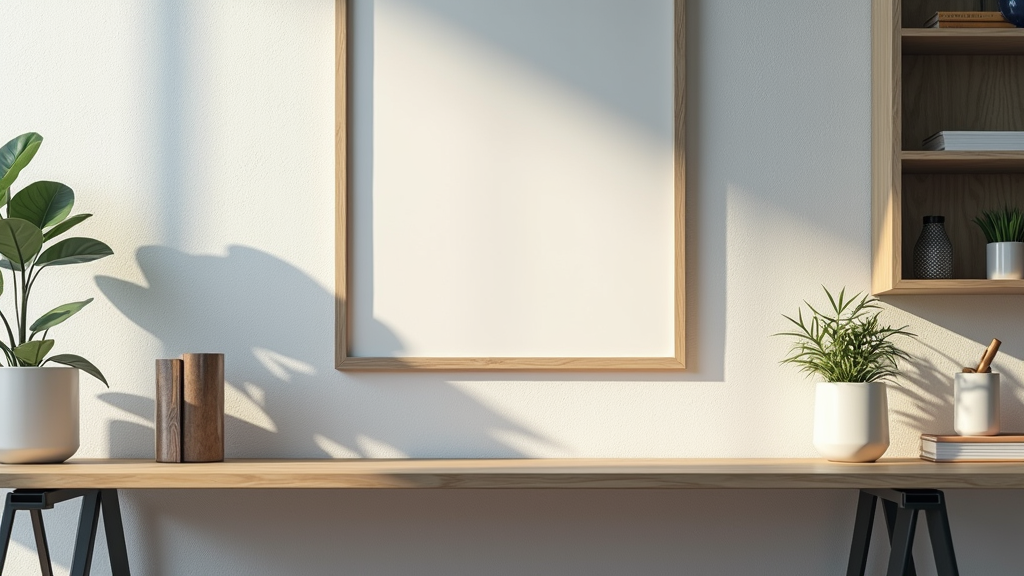
Recap of Key Takeaways
Throughout this journey, we’ve explored a multitude of facets concerning [insert topic here]. From understanding the fundamental principles to delving into advanced strategies, we’ve aimed to equip you with a comprehensive understanding. Remember, the core concepts we covered included [list key concept 1], [list key concept 2], and [list key concept 3]. These form the bedrock upon which you can build your expertise.
Furthermore, we examined the practical applications of these concepts in real-world scenarios, highlighting both the potential benefits and the potential pitfalls. We stressed the importance of [mention a key practical consideration] and [mention another key practical consideration] when implementing these strategies.
Looking Ahead: Future Trends and Developments
The field of [insert topic here] is constantly evolving, driven by technological advancements and shifting market dynamics. It’s crucial to stay informed about emerging trends to maintain a competitive edge. Some key developments to watch out for include [mention future trend 1], [mention future trend 2], and the increasing integration of [mention future trend 3].
Adapting to these changes will require continuous learning and a willingness to embrace new approaches. Consider exploring resources such as industry publications, online courses, and professional networking events to stay abreast of the latest developments.
Final Thoughts and Call to Action
We hope this comprehensive guide has provided you with valuable insights and practical knowledge to excel in [insert topic here]. Remember, success in this field requires a combination of theoretical understanding, practical application, and a commitment to continuous improvement.
Now it’s your turn to put these concepts into practice. We encourage you to experiment with different strategies, analyze your results, and refine your approach based on your findings. Share your experiences and insights with the community, and let’s learn and grow together. Don’t forget to [call to action, e.g., subscribe to our newsletter, download our free guide, leave a comment below].


